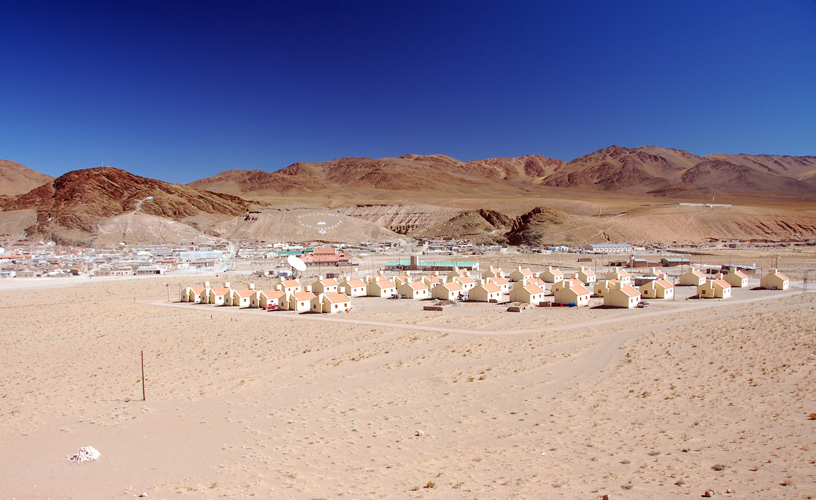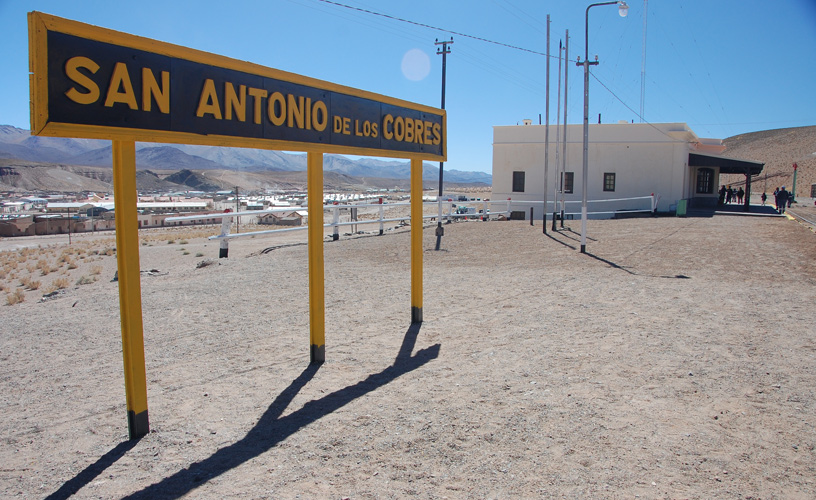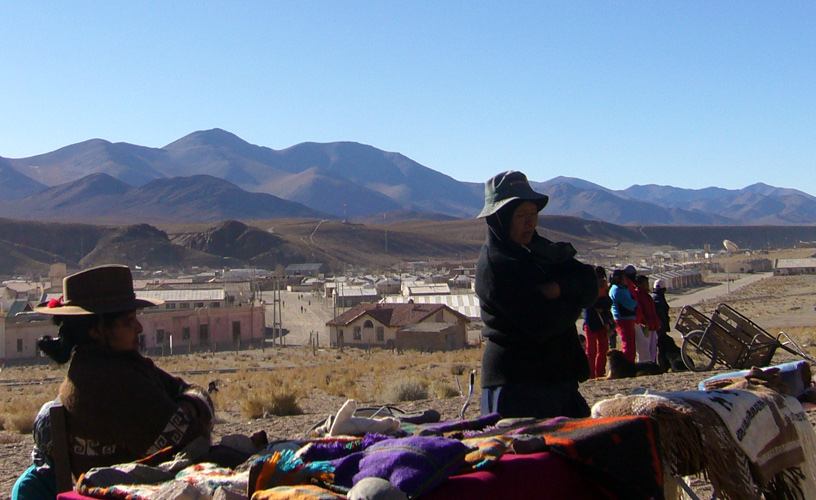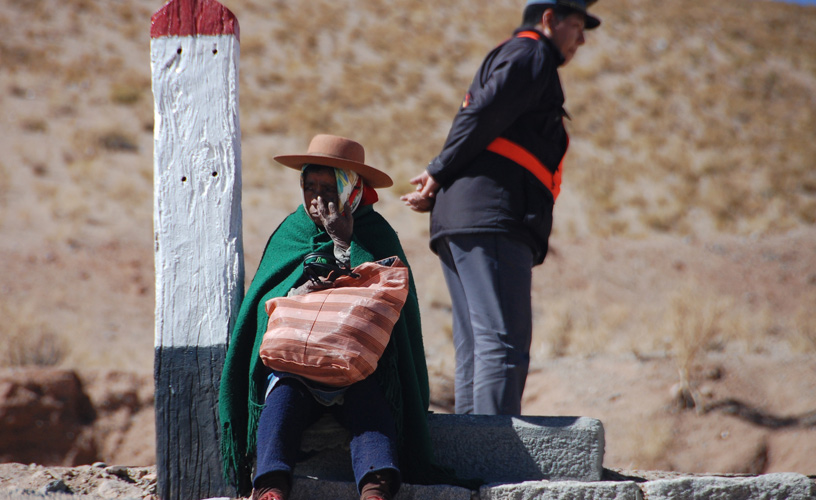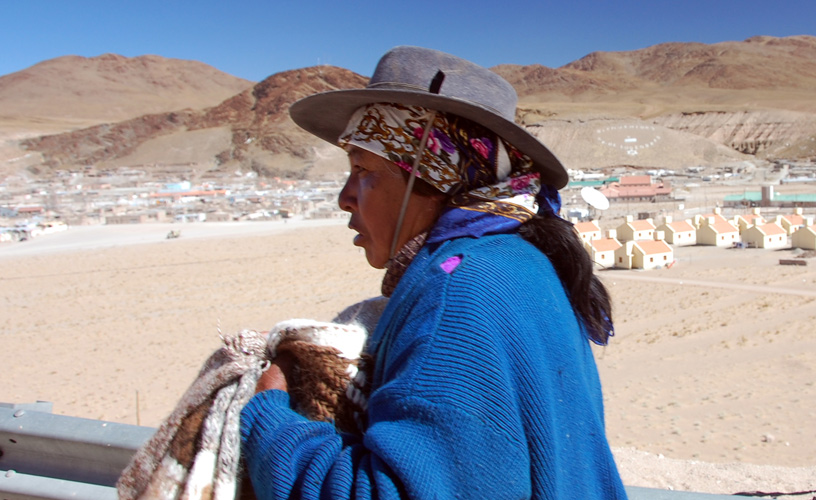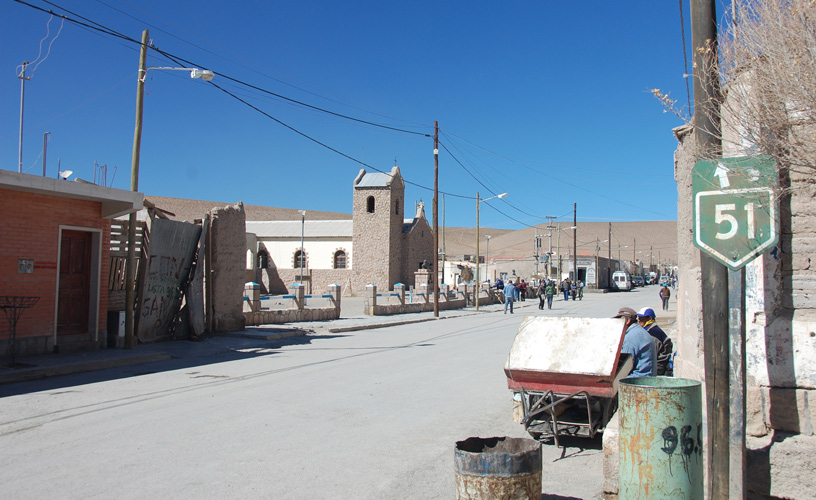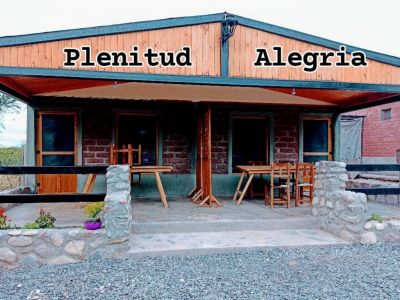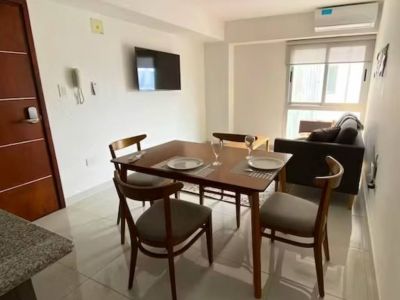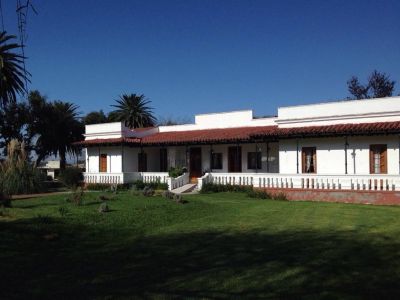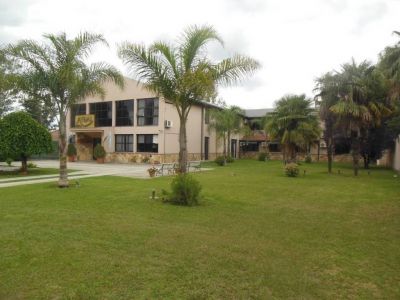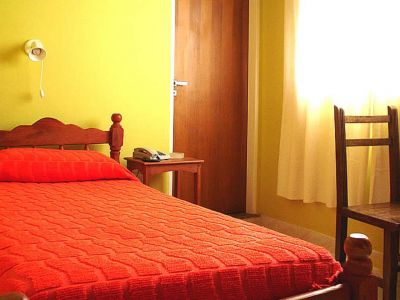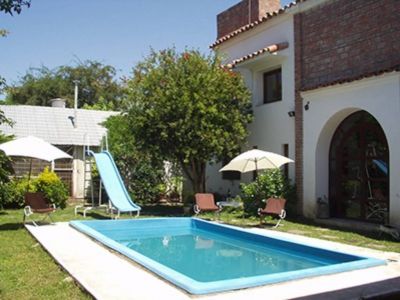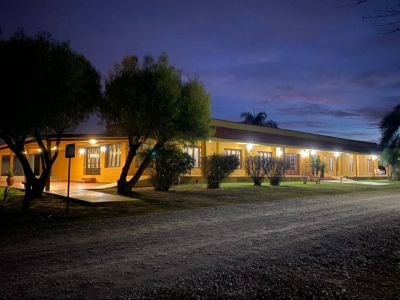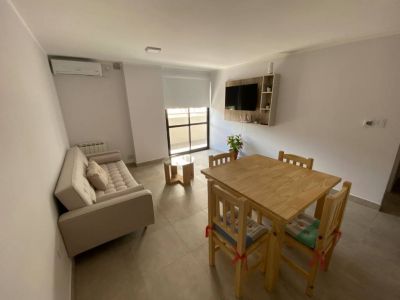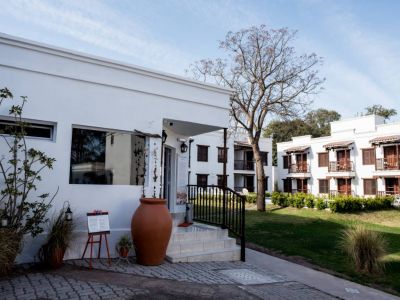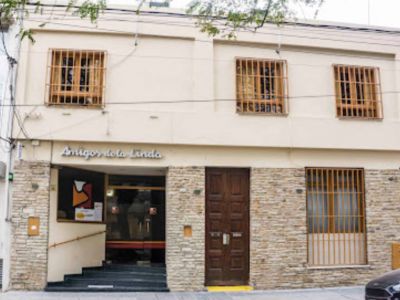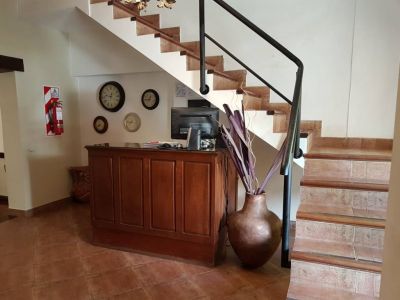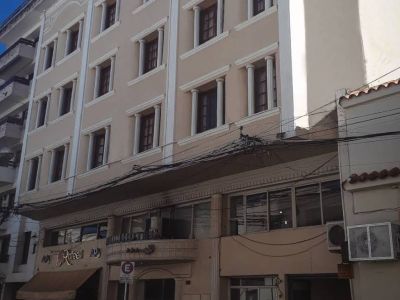When the Clouds are Reached
There is a small village in the heights which has become famous due to the arrival of the train. However, the place also has a life of its own when the train does not arrive, whatever the reason.
In addition to being named the capital of the Puna, as every village in Northern Argentina, San Antonio de los Cobres has its school, its church, its lodges, its restaurants and, of course, its mines and miners. The latter represent the main activity in the area and contribute with the town's own color and sound.
Maybe that is why, unlike most people think, everything changes when the train gets to this town. And many times, such change is not good.
San Antonio de los Cobres and thr Train to the Clouds
The arrival of tourists and visitors leads craftsmen, mostly women because men work in the mines, to offer their products to the newcomers.
Woven works from Northern Argentina are an ancient habit transmitted from generation to generation. The llama or sheep wool represents the main raw material in each of the looms and fabrics of varied colors offered by these ladies.
San Antonio de los Cobres is famous for its woven items: stockings, hats, gloves, shawls, sweaters, quilts and blankets, woven in the looms or else with needles made of large cardon or cacti or with the wood from a small local bush which prevents users from getting pricked or hurt.
But also, when the train arrives, the children know that the tourists have money and that many times they can get coins or presents if they just ask for them. As a result, children miss school lessons and spend their time begging for money only to spend it later on the fruit of modern times: the local Internet shops which have reached the Puna thanks to globalization.
When the Train Does Not Arrive
The thousands of heroic workers who inaugurated the Train to the Clouds and these fantastic engineering and railway works in 1921 were encouraged by the challenge of the works, but especially, by the salaries they collected, which surpassed the normal amounts paid in those days.
These wages were supported by the Argentinian Nation, then under the administration of Hipólito Irigoyen.
The only solution for Northern Argentina to come out of poverty was to communicate it not only with the rest of the country but also with neighboring Chile, so as to export its raw materials and metals. Therefore, it was necessary to invest in communications and the railway was part of it. Time did not favor the railway development but the rails were recycled for tourist purposes, which today represent the most significant element of local economy.
San Antonio de los Cobres is worth visiting anyway and there are plenty of tours that exploit this tourist destination.
One only needs to walk along its streets and watch its oldest settlers chewing coca or the children playing at the several schools scattered all around the village. Reaching the top of any of the mounts surrounding the city is a way of watching town from the heights. Talking about the rain season or about mining exploitation or eating the dish the locals prefer -llama in any of its variations- are other ways of getting close to local customs and routines.
Also, attending mass in the early morning, when most dwellers of San Antonio get together before starting their daily tasks is part of the traditions that enable them to show visitors the village is alive and worth visiting, whether the famous train pulls in or not.
Pablo Etchevers
Eduardo Epifanio
Contact of the excursion or tour
Tastil Viajes y Turismo
Caseros 468, Salta, Salta, Agentina
Phone: +54 387-4311223
Cell phone: +54 387-4481682
